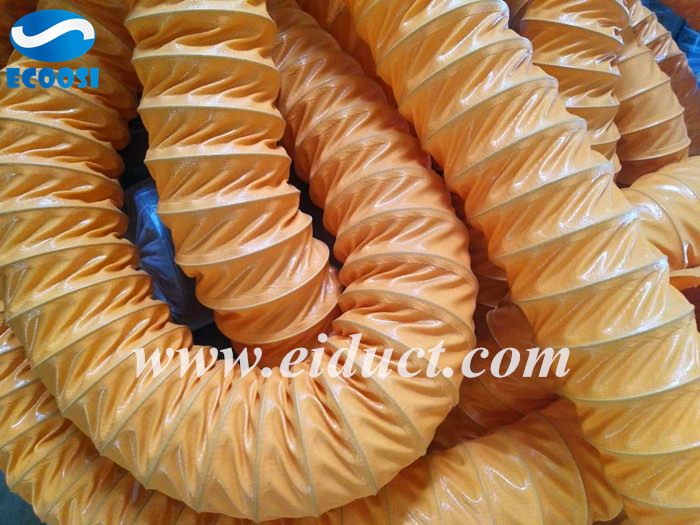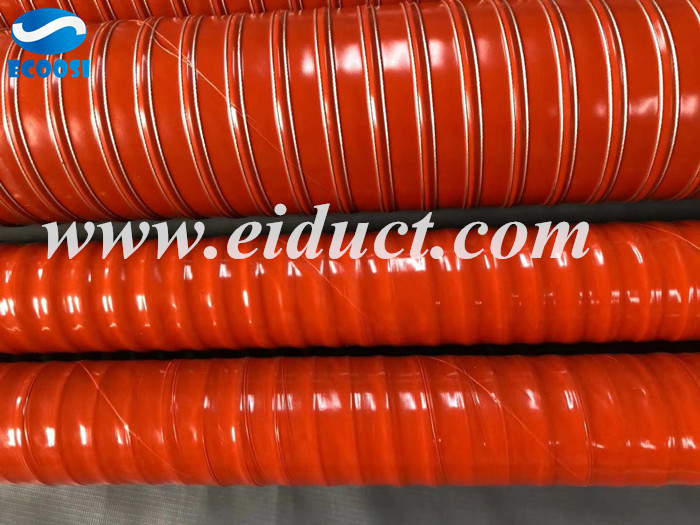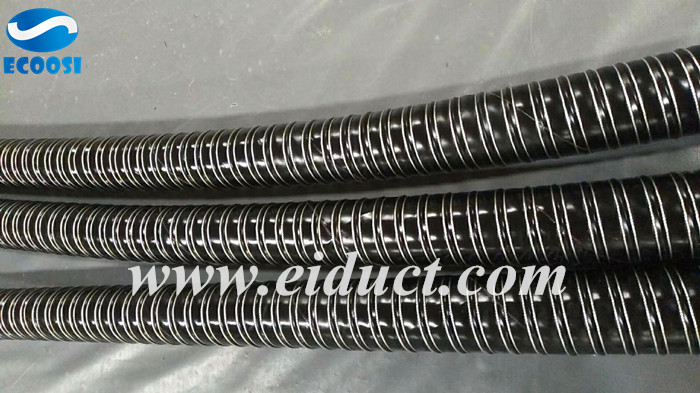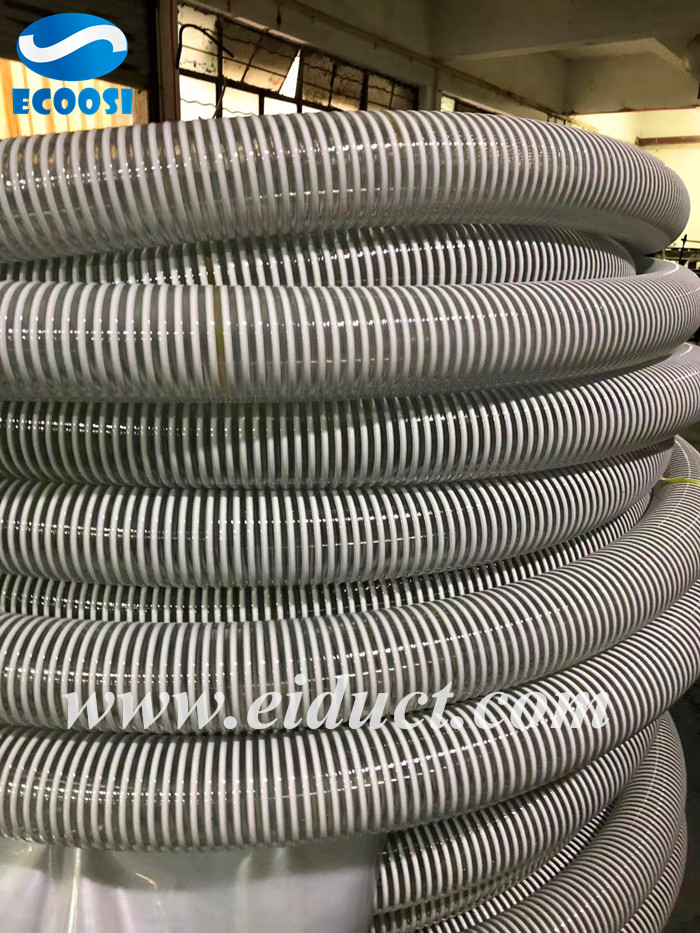
How to install the flexible hose and what is the installation principle?
Flexible hose installation and ducting routing are not just as simple as tightening the joints. The life of the hose is not eternal, but, before installation, learning some basic ducting routing principles will help maximize the life of the hose.
1. Suitable hose length
The metal hose has a longer service life than plastic hoses, but it is not flexible. If you need a pressure-resistant flexible hose, then plastic hoses are your best choice. The hose is used to transfer pressure fluid in a moving state. When the hose is connected straight, its length must be greater than the distance from port to port. Because when the hose is under pressure, under the pressure, the diameter will increase and the length will decrease. Under pressure, the length can be reduced by up to 4%. This means that a 1-meter long hose will be shortened by 4 cm.
Therefore, if there is not enough slack, the connection part of the hose joint will be subjected to excessive pressure and cause leakage or worse. The hose may be pulled loose from the joint position and cause catastrophic failure. It is important to maintain sufficient slack, but excessive slack may cause the hose assembly to wear out or the risk of people tripping.
2. Suitable bending radius:
The plastic hose is flexible, but its steel wire reinforcement layer also gives it relevant mechanical properties, which will limit its flexibility. One of the limitations is the minimum bending radius of the hose, that is, the degree to which you can bend the hose from an arc to a sharp corner before the steel wire reinforcement layer begins to twist.
Please imagine this: each hand holds both ends of a length of hose and presses it firmly into a "U" shape. The distance between the two ends is the bending diameter, and half of it is the bending radius. Some hoses have a smaller bending radius than others and are therefore more flexible.
When installing the hose assembly, another important principle is to consider where the hose and the hose joint contact. If you need to bend the hose immediately near the metal joint, you should follow this principle: you need to start bending at least 2 times the hose diameter. Therefore, if the outer diameter of the hose is 15mm, the length from the bend to the hose joint should not be less than 30mm. If this is not possible, consider using 90° or 45° hose connectors.
When the pressurized fluid enters the hose at high speed, you don't want it to "impact" the inner core tube, because, over time, this will quickly deteriorate the inner core and greatly shorten the service life of the hose. If "maintain a straight length twice the outer diameter", it should be able to allow fluid to enter the hose smoothly, minimizing the risk of premature failure of the core hose.
3. Avoid hose twisting
One way to reduce mechanical stress is to avoid twisting the hose. When arranging the ducting, you can use the mark to determine whether the hose is twisted. If you see the markings that look crooked, the hose was twisted during installation. Both ends should be loosened to eliminate the twist, use two wrenches method, one wrench to fix the hose to prevent twisting, and the other wrench to tighten the joint.
The next hose layout principle is to prevent the hose from twisting. Simply put, you need to limit the bending of the hose to a single-dimensional "plane". It can be imagined like this: the hose moving from left to right is moving in a plane or dimension, and the hose only moves up and down or back and forth. Any combination of left/right, front/rear, and up/down motion represents a 2-dimensional plane motion, and the combination of the three represents a 3-dimensional plane motion. Multiple plane motions are called "compound bending", which may cause the hose to twist because the hose ends are already fixed. Therefore, the pipe routing principle requires that the hose can only move in one plane at most;
4. Hose layout and fixation
One of the main reasons for the premature damage of the hose is wear, which causes the outer rubber layer to disappear. When the steel wire reinforcement layer is exposed to moisture, it begins to rust and deteriorate, thereby reducing the service life of the hose.
Therefore, the hose layout principle requires that the hose be clamped and fixed in place to prevent wear. In the first part of the pipe layout principle, we talked about the hose shortening under pressure, so do not over-clamp the hose! Friction between the hoses can also cause wear, so each hose should be clamped separately.
If you any interested in our flexible hose and ducting, please feel free to click contact us, or through email: info@eiduct.com or Mobile(WhatsApp): 00-86-187-1155-3123, or our other website: Ducting Hose to contact us, we are always here to satisfy your requirement!



 German
German French
French Spanish
Spanish Portuguese
Portuguese Russian
Russian Japan
Japan Italian
Italian
 Send Email
Send Email Jim5040
Jim5040